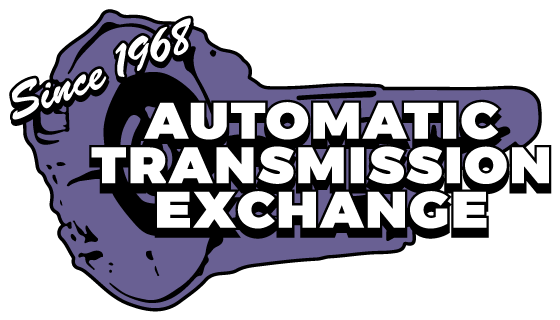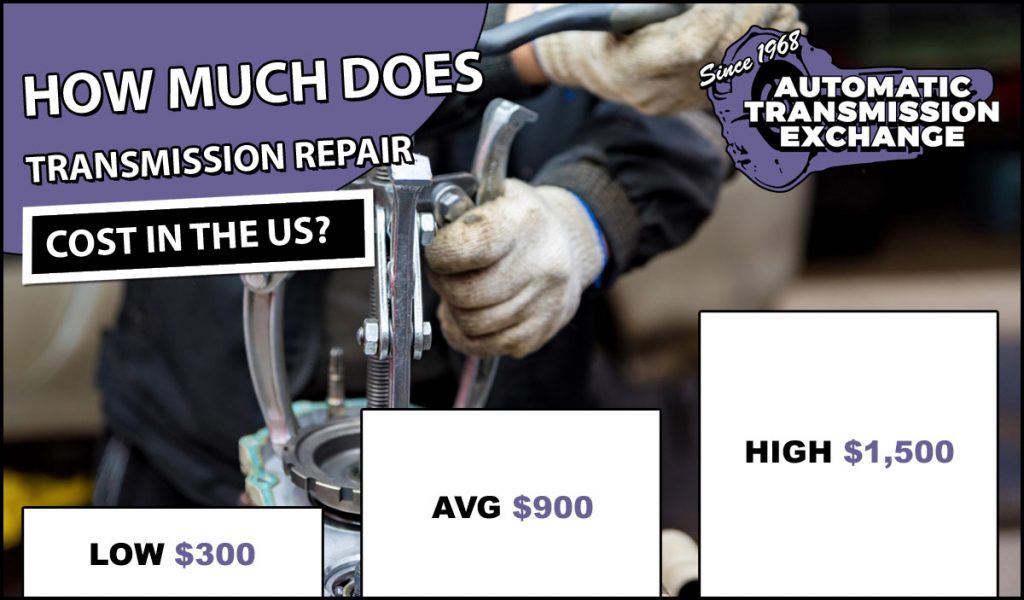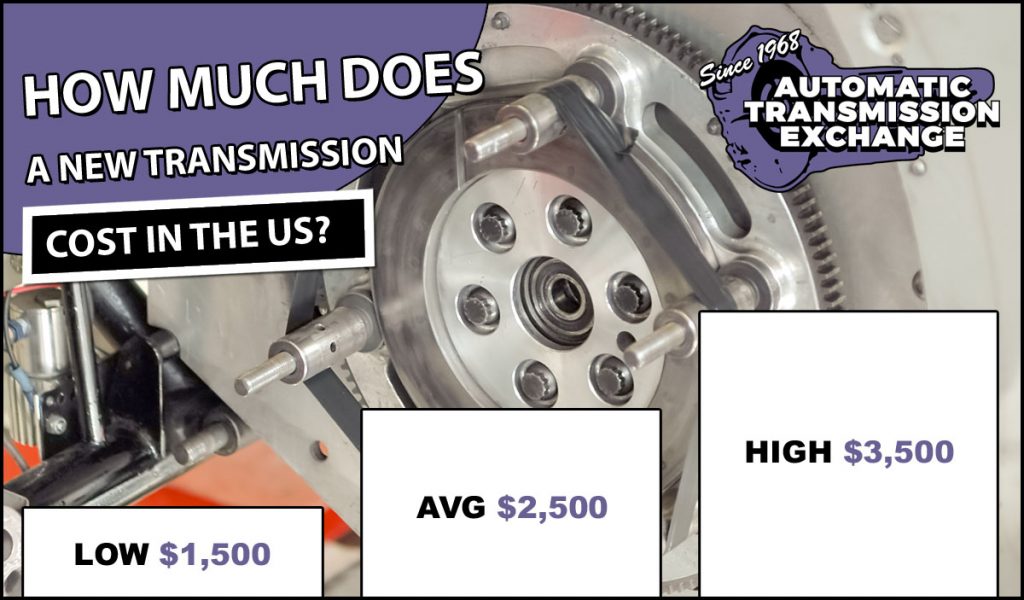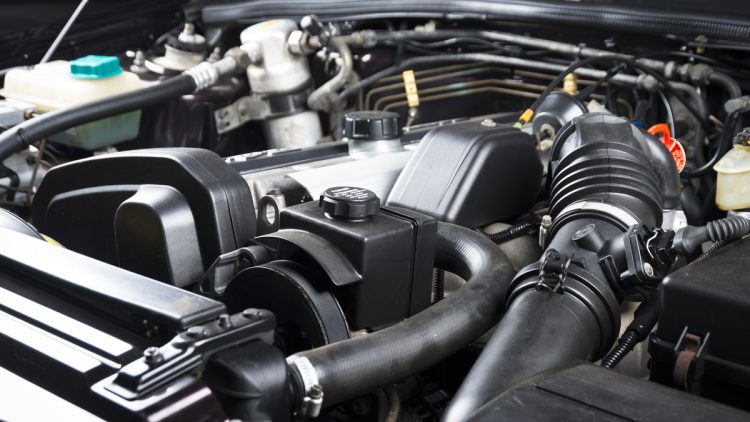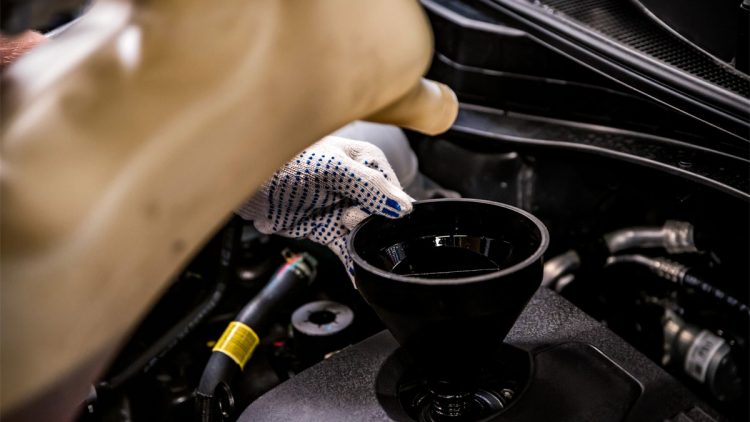Transmission Flush Costs 2022
Fluid is used to lubricate the internal clutches, gears, and bearings of an automatic transmission. It includes a torque converter in the form of a viscous coupling that transfers engine power to the gearbox input shaft via transmission fluid.
Fluid under pressure is also used to operate pistons in the valve body and engage clutches. Because all of this action generates heat, a transmission cooler is frequently included to maintain the fluid at the proper temperature.
Transmission Flush Costs on Average
A transmission flush might cost anything from $100 to $300. The cost is affected by the location of the job, as well as the amount of fluid required by the vehicle. Some vehicles have a transmission fluid capacity of up to 20 quarts, and if a vehicle-specific fluid is required, the transmission servicing cost can quickly rise to the top of the range. If a transmission filter needs to be replaced, it will be an extra cost.
Flushing of Transmissions
A standard service on any vehicle’s maintenance routine is changing the gearbox fluid. There are a few options for doing so. A transmission flush, which is performed by connecting a machine to the transmission cooler lines, is recommended by most well-equipped establishments (usually). Then, new fluid is pushed in while the old fluid is drained out, allowing for nearly complete fluid replacement. A drain and fill is an alternative, which entails removing a drain plug and draining old fluid before topping up the transmission with new fluid. The disadvantage is that only about half of the old fluid is removed, as most of it is trapped in the torque converter and elsewhere. It’s a good idea to replace the transmission filter if there is one, regardless of how the fluid is serviced. Dropping the transmission pan, which also requires a new gasket, accomplishes this. Nowadays, transmission cases without a pan or a changeable filter are more prevalent; instead, a drain plug is used. Some transmissions also have an external filter attached to a cooler line or to the transmission enclosure.
Recommendations from the manufacturer
For automatic transmission fluid, every manufacturer sets a minimum inspection interval. It usually happens every 12,000 to 15,000 miles. In regular service, most real service intervals are between 60,000 and 100,000 miles, while some manufacturers stipulate merely inspections and then service as needed. Transmission fluid wears at varying rates based on how a vehicle is driven, outdoor temperatures, load circumstances, and other factors, and a car that sees a lot of use may require service every 15,000 to 40,000 miles. CVT transmissions are also more demanding on the fluid and towing or hauling big loads causes additional wear. In general, transmission fluid that appears clean or only slightly discolored is fine. It should be replaced if it has darkened or thickened. It should also be replaced if it smells scorched. It’s also a good idea to err on the side of caution, as there’s no harm in replenishing fluid before it’s needed. Internal wear in the transmission, which is one of the more expensive and difficult to maintain sections of the car, is reduced by using cleaner fluid.
Drain and Fill vs. Flush
The majority of vehicle manufacturers recommend transmission fluid replacement but do not provide instructions on how to do it. When doing scheduled transmission services, however, most shops employ a flush machine to entirely replenish the fluid. For years, there have been some anecdotal warnings against cleaning the fluid out of a worn transmission. The flushing action, according to one idea, dislodges sludge and debris, which might later choke channels. Another theory is that old gritty transmission fluid increases clutch performance, and that removing the old fluid causes transmission slippage. Neither of these assertions can be verified. Flushing a gearbox moves fluid in the same way as flushing an oil pump does, so there should be no issues. If the gritty old transmission fluid is keeping the clutches operating, adding more grit would be a remedy to a slipping gearbox, which it isn’t. The alerts could be due to a number of factors. One is that transmission maintenance is usually overlooked until a transmission begins to show signs of failure. Flushing the fluid could be an option in this situation. That rarely helps worn or failed parts, but it can be a handy scapegoat after a service when the real issue is age or a lack of maintenance. Another issue with some flush machines is that the fluid pressure can be set too high, causing seals in the transmission to be damaged. This should never be an issue if the job is done properly. This is due to the ease with which the machine’s pressure can be set to be lower than the transmission’s usual operating pressures.
In any event, the main benefit of a transmission flush over a drain and fill is that more fluid is replaced. This is more of a problem if the fluid has been neglected, but it is less of a problem if it has been serviced on a regular basis. Even if the fluid is in horrible shape and a flush isn’t performed, leaving the majority of the old fluid in the transmission isn’t a good idea. If necessary, a drain and fill can be done twice in a row. The transmission is topped off and run through the gears for the first time after the first time. The fluid is then emptied once again. Doing it twice results in replacing 34% of the old fluid rather than half, which is a waste of both fluid and time. The only manufacturer that does not advocate flushing the gearbox fluid is Honda. This is mostly due to Honda’s proprietary fluid, which does not tolerate contamination well. To eliminate cross-contamination of fluids, a dedicated flush machine, such as Honda-only, would be required. Furthermore, keeping up with maintenance and performing drain and fill services as needed is often safer and easier in practice.
We offer a full range of auto transmission repair and replacement services from automatic transmission to manual transmission to the entire Phoenix Metro area.
*Disclaimer – This is not an actual quote. Your transmission repair or replacement cost could be different than the prices you see on this guide. The only way to get an actual estimate is by searching for transmission repair and replacement shops near you. Contact Automatic Transmission Exchange if you are in the Phoenix area and need transmission repair or replacement.
